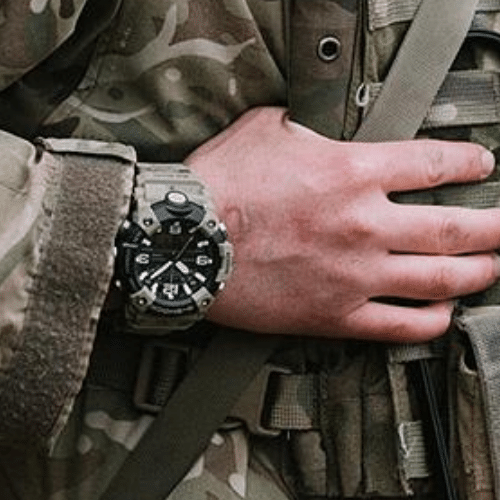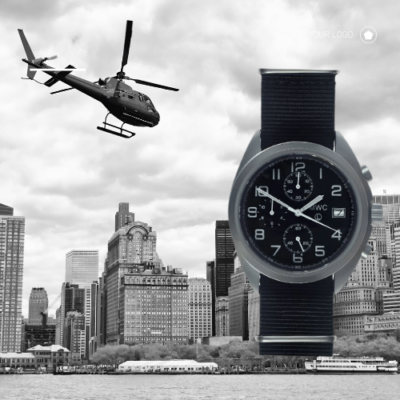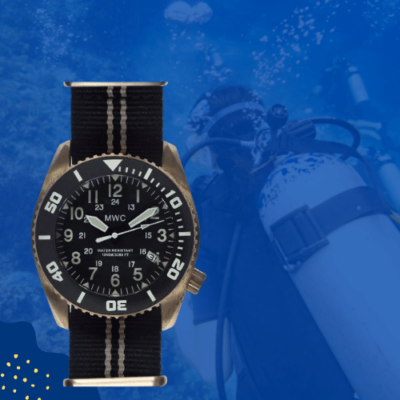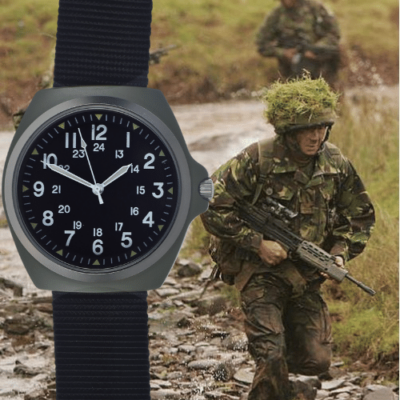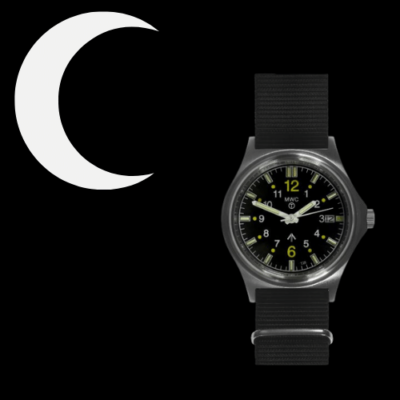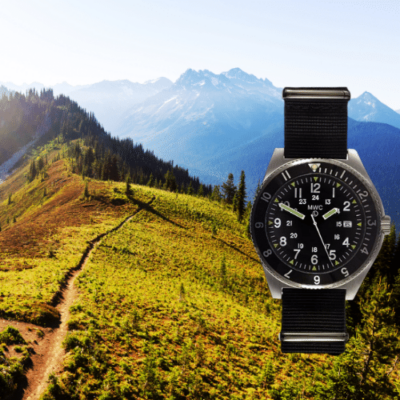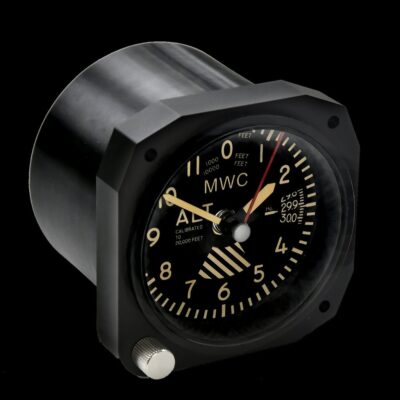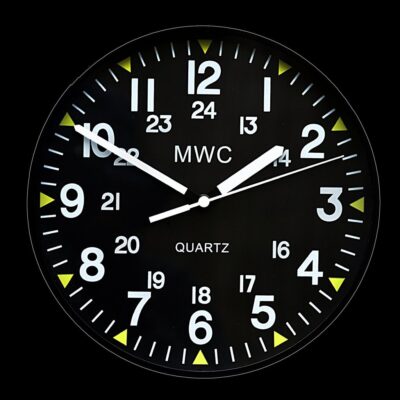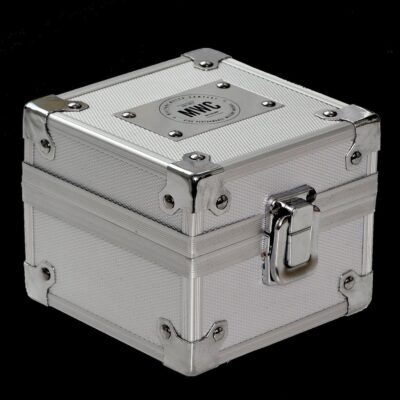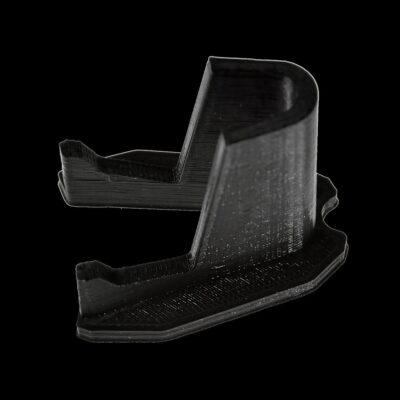News
Is China Rebuilding Iran’s Air Defences with HQ-9B Long Range Missile Systems?
Following the emergence of reports that China has supplied air defence systems to the Iranian Armed Forces, there has been significant speculation regarding the kinds of assets which may have been supplied to the embattled Middle Eastern state. With the reports emerging exactly two weeks after a ceasefire ended eleven days of Iranian-Israeli hostilities, which began when Israel launched large scale air strikes on targets in Iran, the enhancement of Iran’s network of ground-based air defence systems, and increased readiness of its ballistic missile and drone forces to launch counterattacks, have been expected to be among the highest priorities for the country’s armed forces. Iran previously fielded no modern Chinese air defence systems, with the backbone of its long range surface-to-air capabilities formed of Soviet S-200, Russian S-300PMU-2, and indigenous Bavar 373 systems.

The performance of Iran’s existing air defence systems has been hotly disputed, with Iranian government sources having reported the successful shootdown of four Israeli Air Force F-35s, attributing three of these to the Bavar 373. The likely veracity of Iranian claims was previously analysed by Military Watch in detail, including assessments of the strengths and limitations of Iran’s air defences and significant risks faced by F-35s operating on such penetration missions. Israeli and Western sources have denied any such successes. If Iranian reports are correct, however, it would still represent a low attrition rate for the F-35 when considering the fighter’s lack of anti-radiation missile capabilities, which will be realised only with upgraded Block 4 software, the scale of Iranian air defence deployments, and the depth into Iranian territory at which the fighters were operating.

While much more is known regarding the S-300PMU-2 than the Bavar 373, the Russian system is over two decades old and remains well behind the cutting edge. Western sources previously widely claimed that Israel had successfully neutralised all of Iran’s S-300PMU-2 systems during attacks in October 2024, although such assertions were seriously undermined by Iran’s unveiling of the systems still intact during a parade four months later. Although Russia continues to lead the world in the quantities of long range air defence equipment it produces, and the capabilities of its systems such as the S-400 and S-500 have maintained a world leading standing, the country’s preoccupation with ongoing hostilities in Eastern Europe and tensions with NATO have limited its capacity to export its systems on any significant scale.

While the development of short and medium range air defence systems poses significantly less difficulties, meaning Iran’s indigenous systems may be closer to peer level competition with their most capable foreign successors, Chinese supplies of longer ranged systems and supporting electronic warfare, radar and command and control systems may have a particularly significant impact on Iranian defensive capabilities. The Chinese HQ-9B is by far the most widely produced long range surface-to-air missile system outside Russia. The system was designed with a high emphasis on mobility, and deploys missiles, radars and command units from mobile trucks to improve survivability. The much more sophisticated state of China’s electronics and radar industries have led analysts to widely assess that the HQ-9B likely retains significant advantages over its Russian rivals in associated performance areas.

The HQ-9B has been developed into multiple variants, and was previously exported to Pakistan, Turkmenistan, Uzbekistan, Egypt and Morocco. Egyptian procurements in 2024 were widely assessed to have been made in response to rising tensions with Israel and its Western supporters, primarily over the issue of plans to evict the bulk of the population of the Gaza Strip onto Egyptian territory. The HQ-9B’s 250 kilometre engagement range allows each system to fire on targets over areas of almost 200,000 square kilometres, while its 360 degree radar coverage and cold launch system allow for engagements in all directions. The system deploys multiple classes of surface-to-air missile with complementary ranges, allowing each to provide a multi-layered defence, while it has been extensively tested against simulated missile attacks and electromagnetic attacks during exercises. Despite the system’s advanced capabilities, deliveries of HQ-9Bs and other advanced Chinese air defence assets will nevertheless have limitations in the degree to which they can protect Iranian airspace due to Iran’s lack of complementary airborne assets, such as modern fighters and airborne early warning and control (AEW&C) systems.

